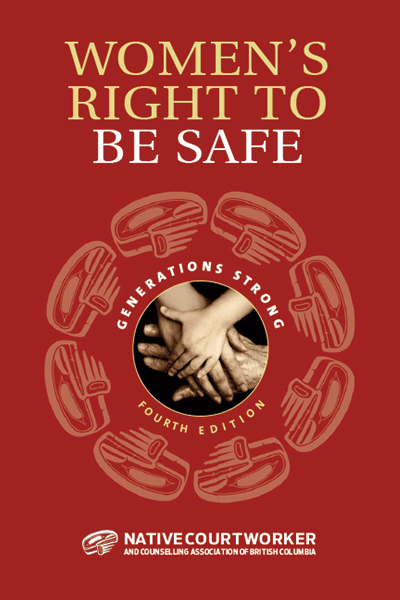 In accordance with the deliverables identified by Ministry of Women and Gender Equality, Canada, and inclusion of our generations, the NCCABC is sharing poignant stories by: Introducing Indigenous children, girls and women to the services within their communities that focus on culturally-appropriate responses to safety issues.
In accordance with the deliverables identified by Ministry of Women and Gender Equality, Canada, and inclusion of our generations, the NCCABC is sharing poignant stories by: Introducing Indigenous children, girls and women to the services within their communities that focus on culturally-appropriate responses to safety issues.
Increasing the knowledge of the impact of over-representation of Indigenous children and youth in the child protection justice system. Inspiring readers with stories from Indigenous women who have shown resiliency and strength in building a violence-free life through their own personal safety strategies.
 All of this is highlighted in our highly regarded Women’s Right to Be Safe Guide.
All of this is highlighted in our highly regarded Women’s Right to Be Safe Guide.
As part of a multidisciplinary team, the Indigenous Victim Service Worker will provide services that are culturally relevant, culturally safe, and trauma-informed for Indigenous sexual assault survivors. The service worker will focus on counselling survivors and will be achieved through a community-based direct referral process. The program is open to any Indigenous person (First Nations, Inuit, Métis), members of the LGBTQ2S community and their family members.
The Indigenous Victim Services Worker provides culturally-sensitive services to Indigenous victims of violence to lessen the trauma and assist in the recovery associated with being a victim of crime through the provision of counselling, support, information, referrals, and practical assistance by:
